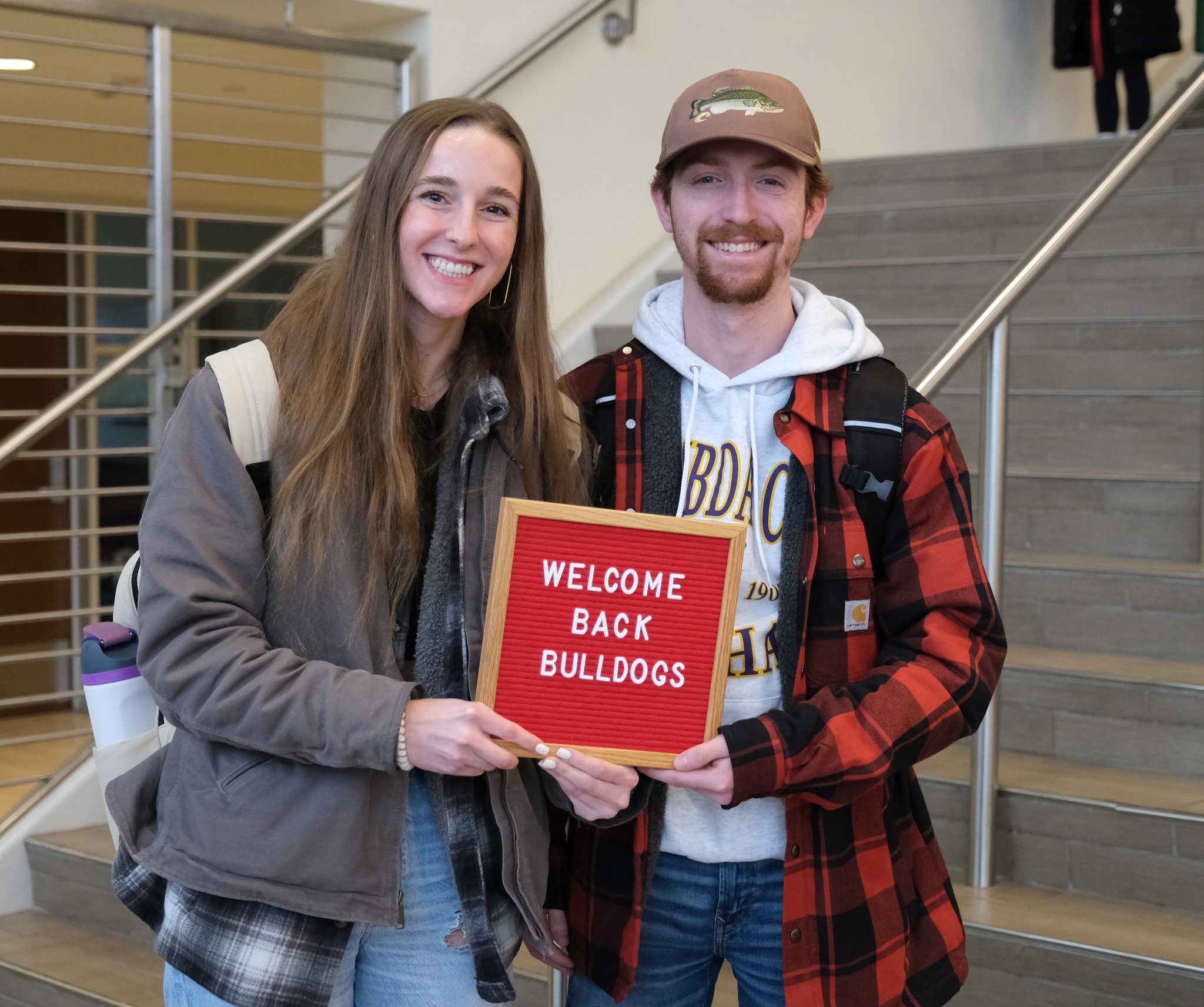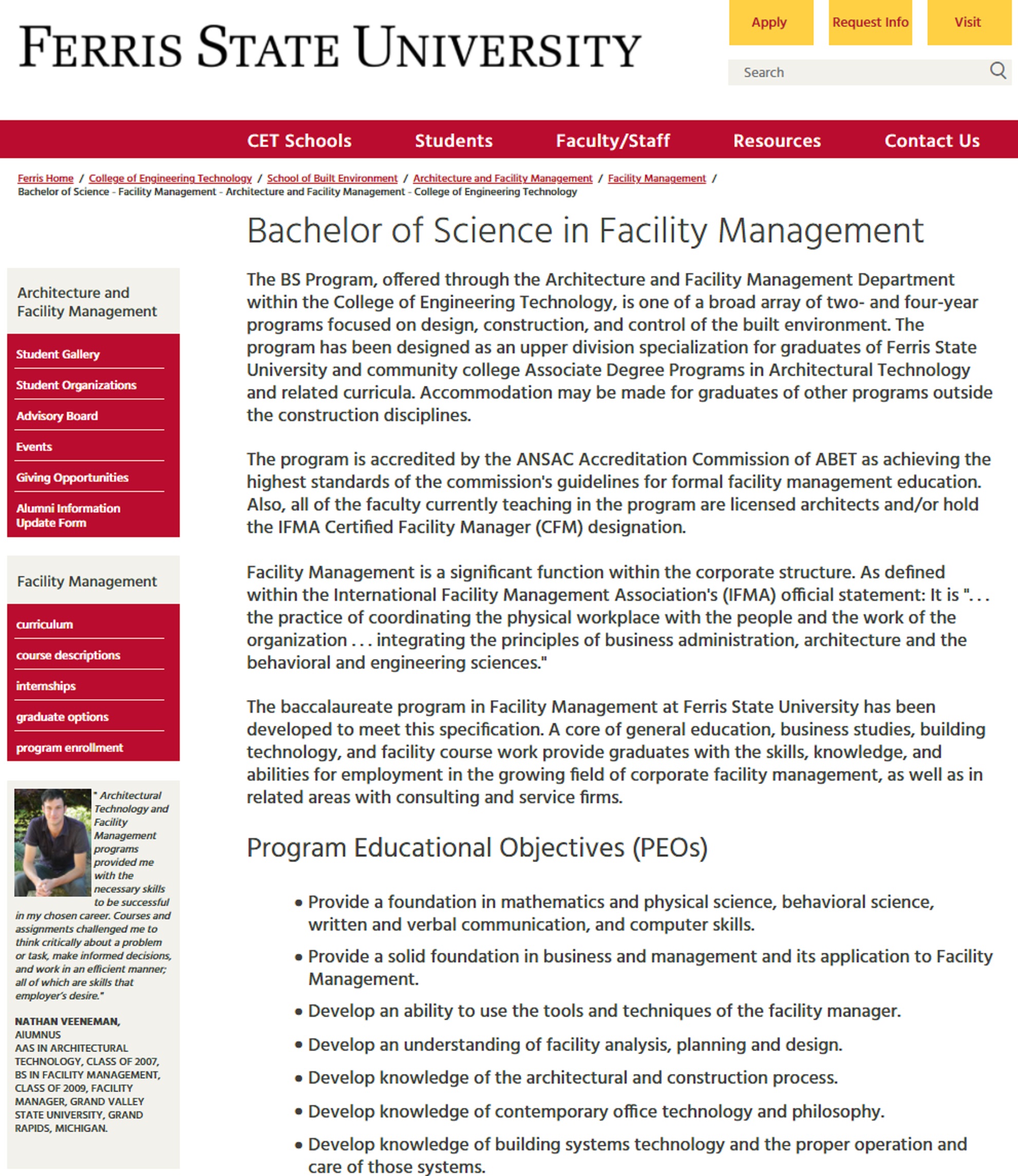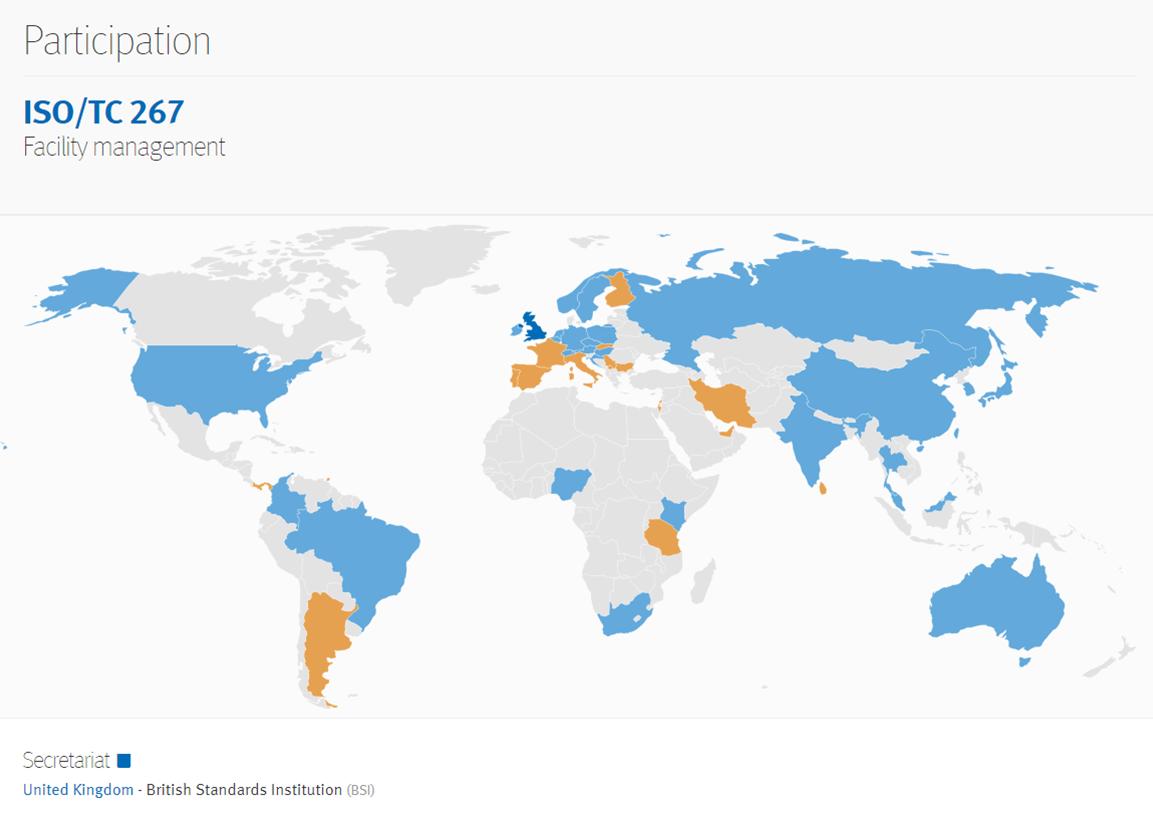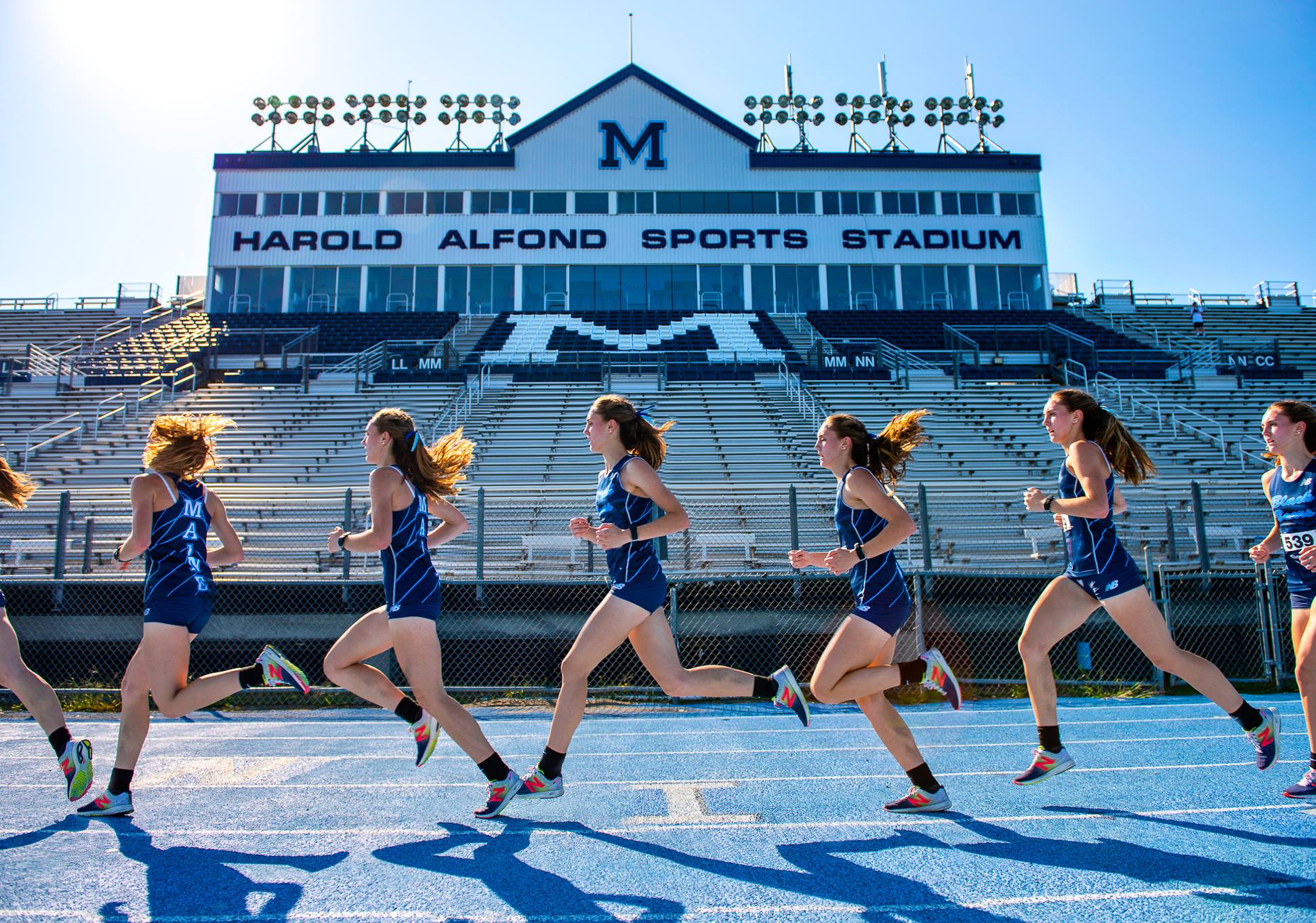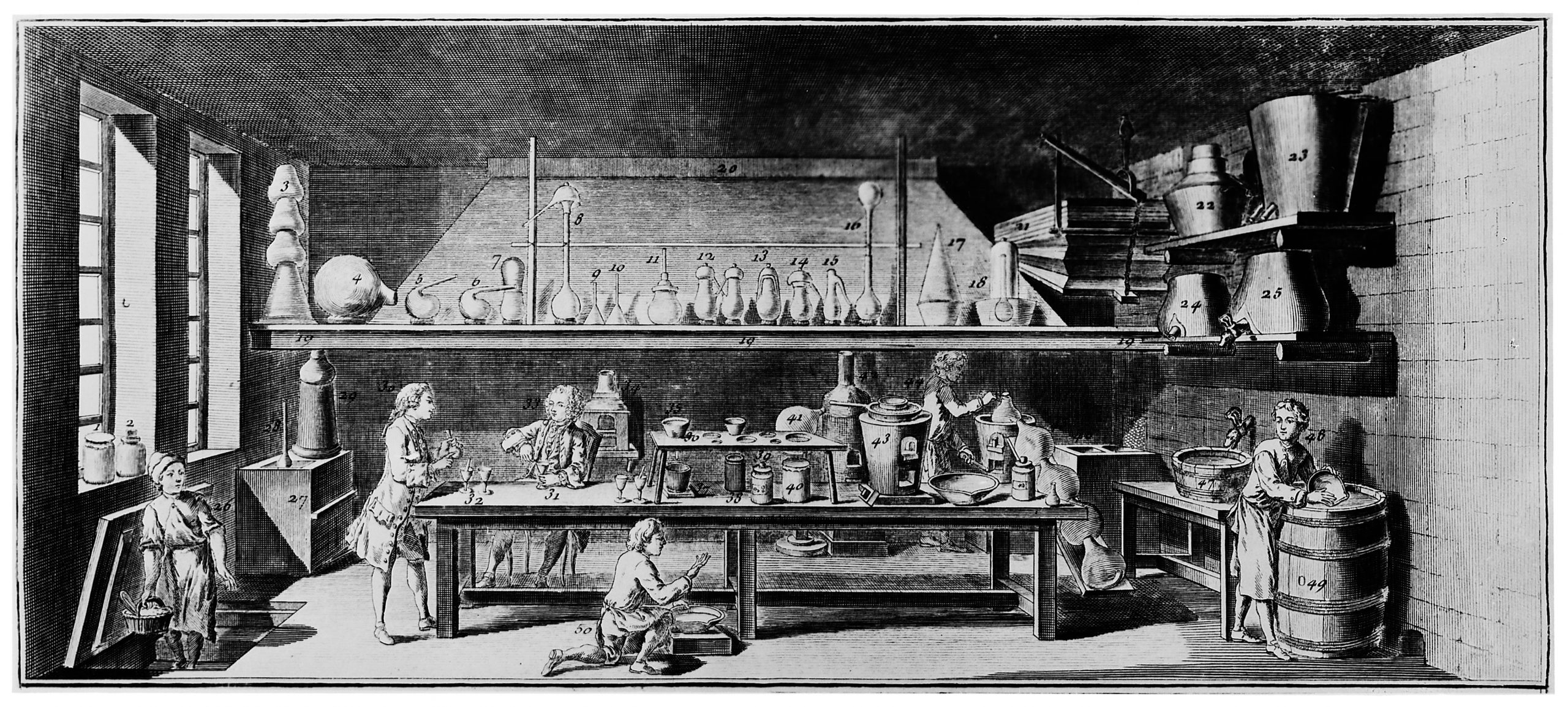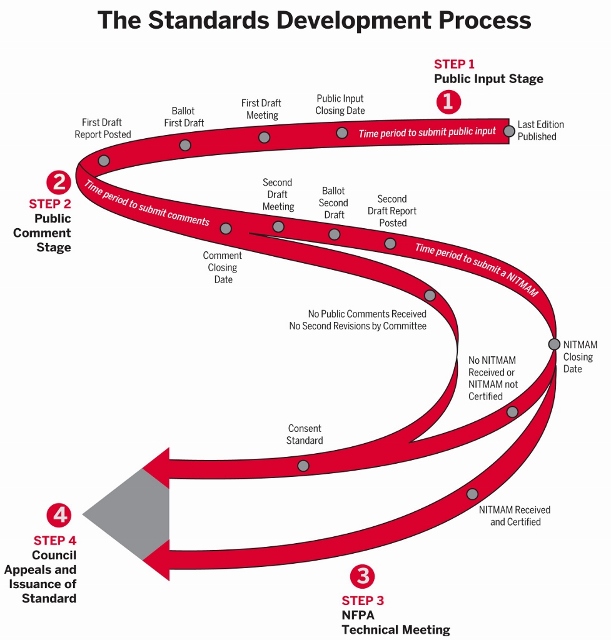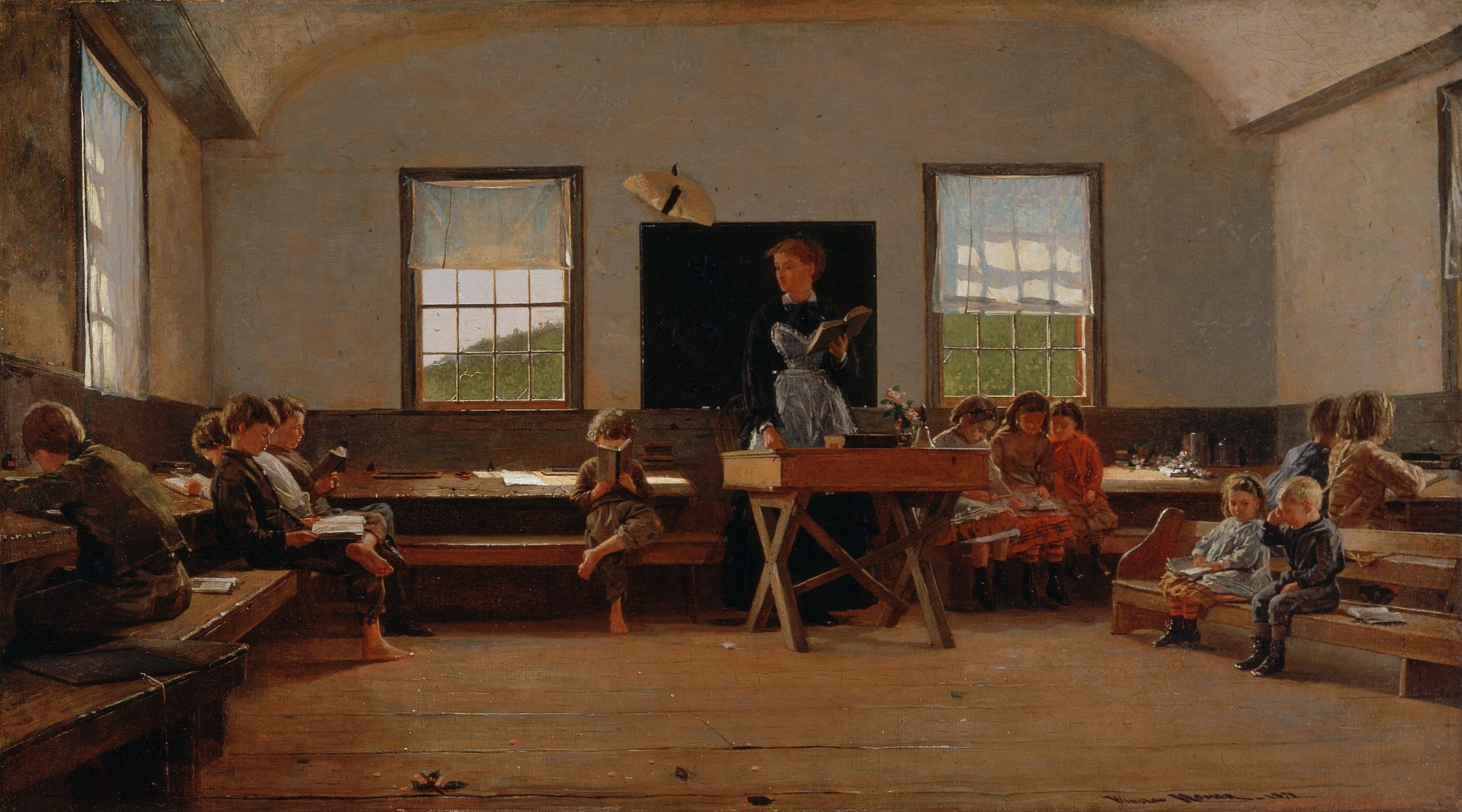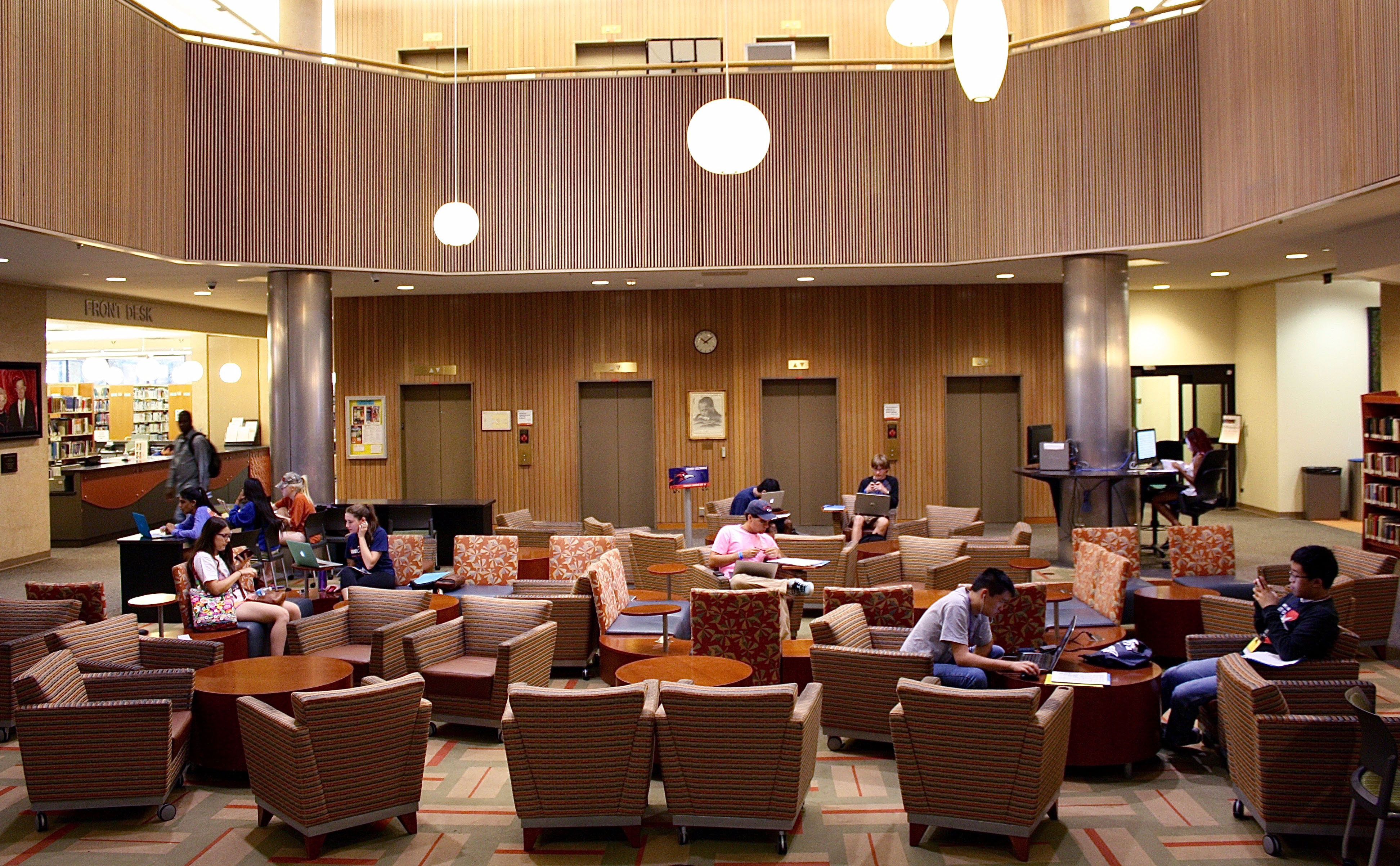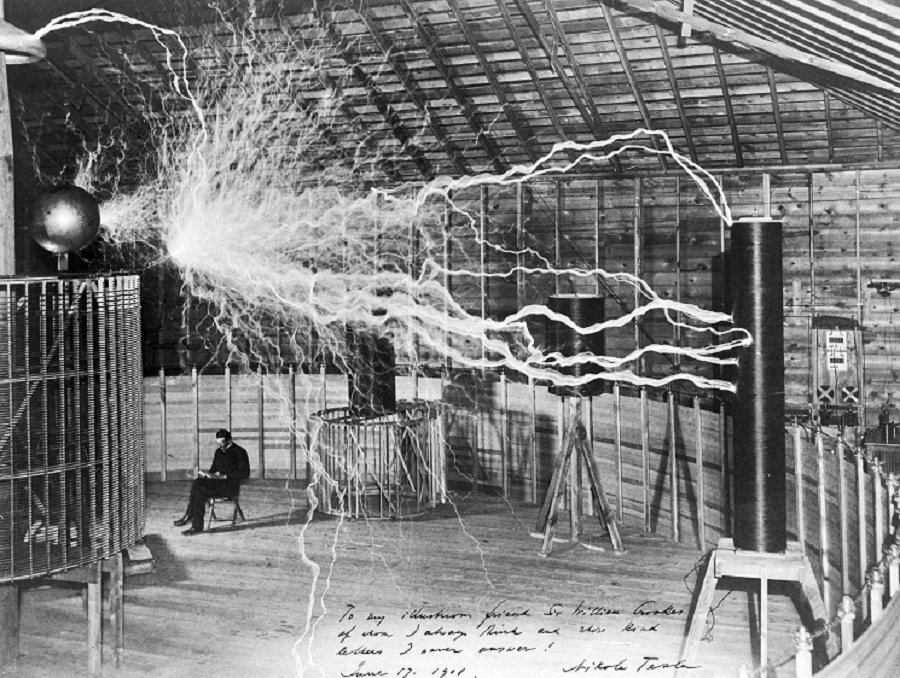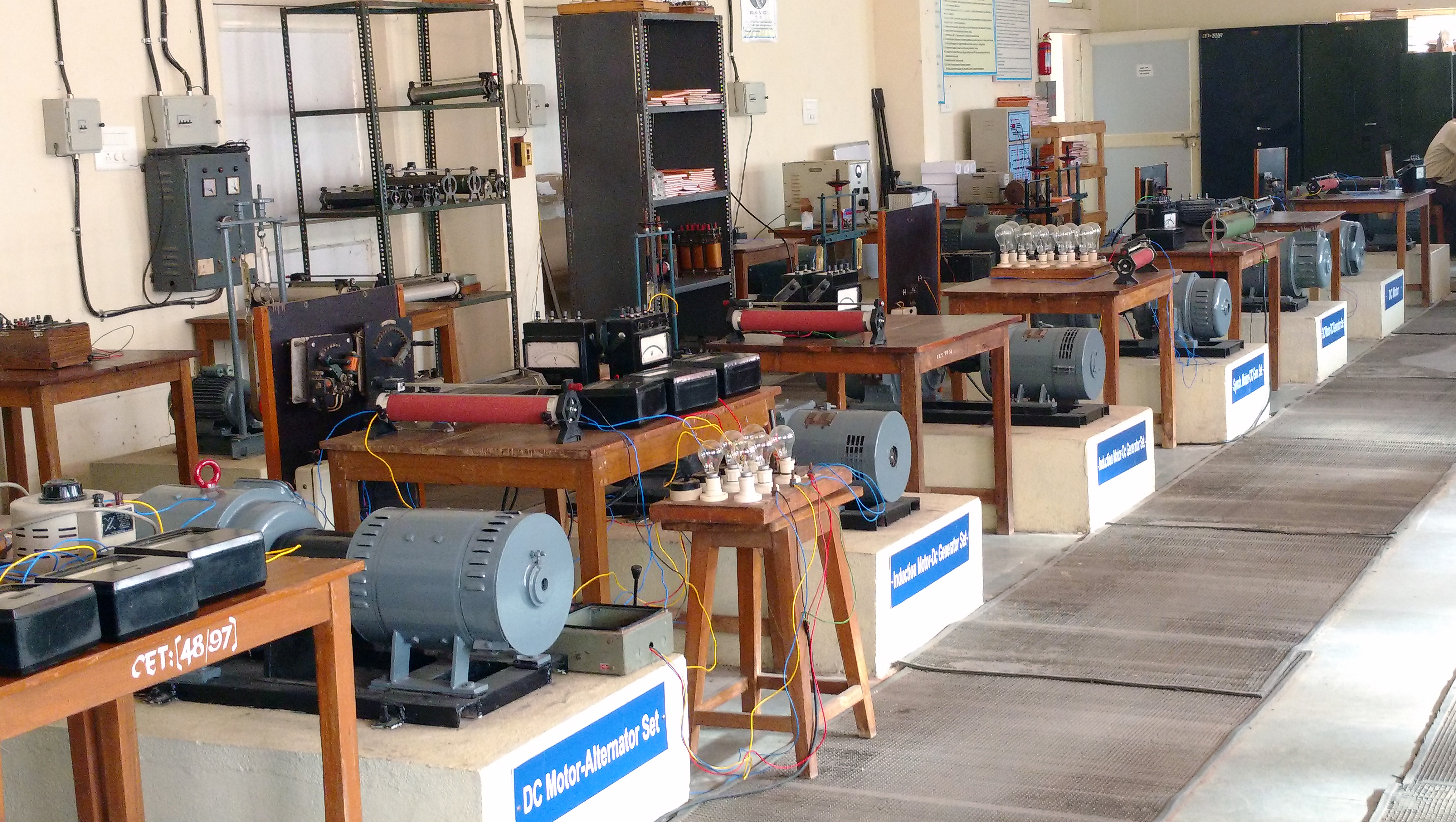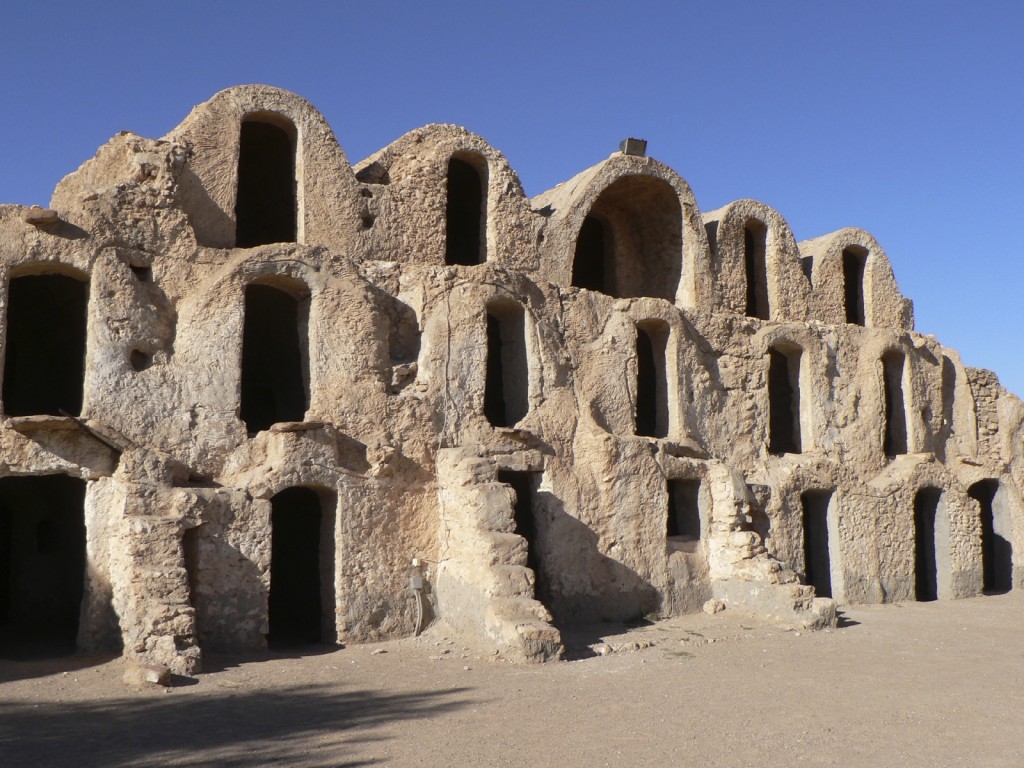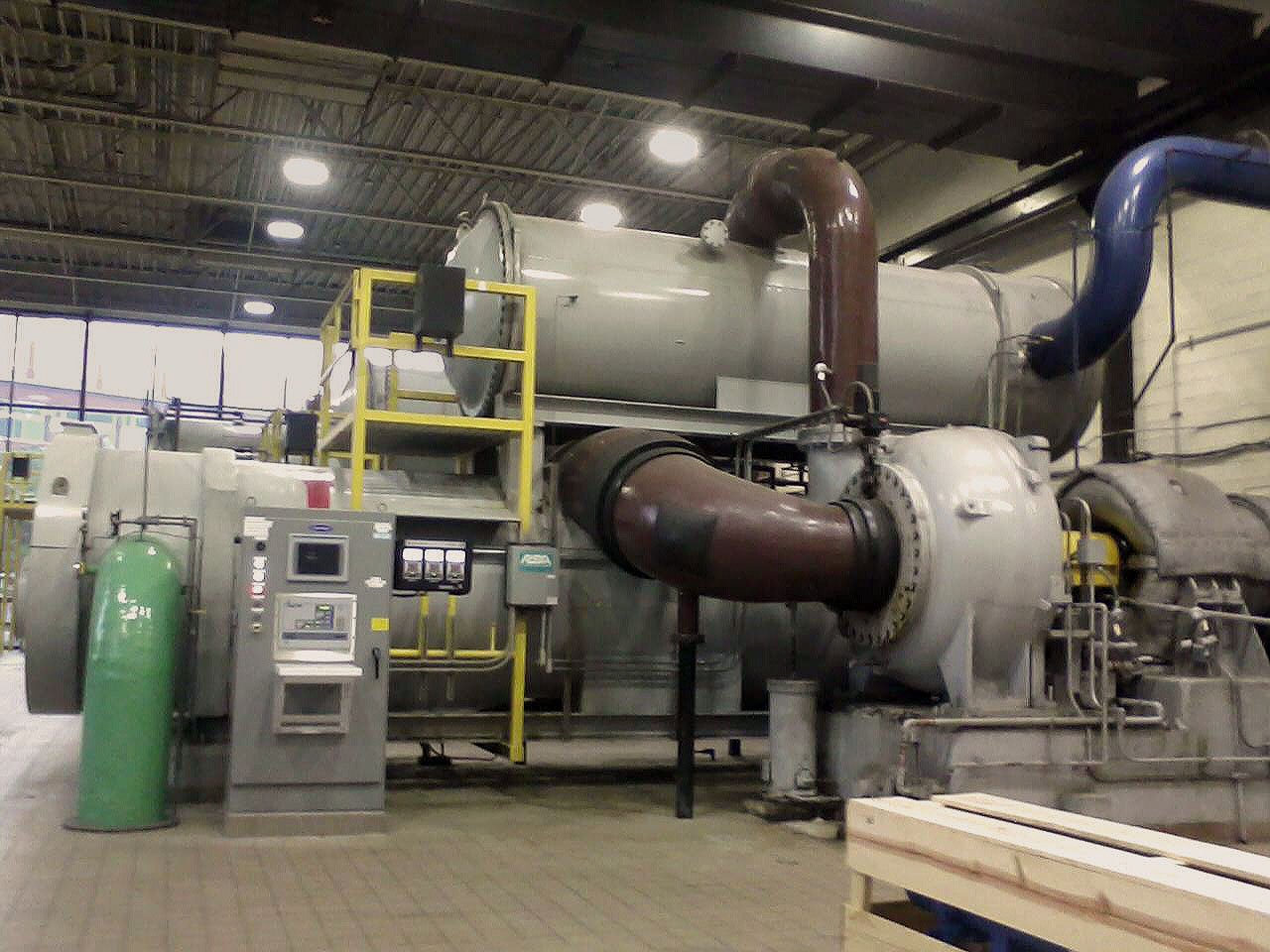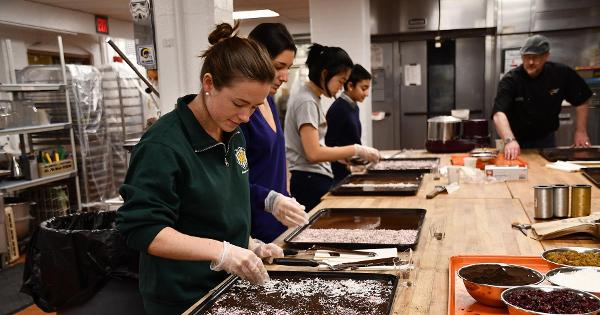Category Archives: Facility Asset Management
- Home
- Archive by category "Facility Asset Management" (Page 2)

Facility Management
“The work of the eyes is done.
Go now and do the heart-work
on the images imprisoned within you.”
— Rainer Maria Rilke (1929 “Letters to a Young Architect”)
The internationalization of the education industry continues at a brisk pace and so do the enterprises that support the primary business of learning, teaching and discovering. Educational campuses, and related university-affiliated medical research and healthcare enterprises, represent one of the largest assets owned and operated by any state.
In a state such as the State of Michigan, for example, with a gross state product of about $500 billion, the value of public real property assets may be on the order of $50 billion*. If taking 2 percent off the cost owning, operating and maintaining those assets every year resulted in a savings of $1 billion million every year simply because conformance to a standard that reduced destructive competition and redundancy is meaningful, then those agencies should pay attention. Alas, they do not, or not yet; a condition we describe in our ABOUT.
There is no reason to believe that internationalization of campus facility management practices cannot be as transformative to an industry as the ISO 9000 catalog of management standards were to, say, to the Michigan automobile industry 50-odd years ago. In other words, the Michigan experience with globalization of its core industry was hastened precisely because of the conformance template that the ISO-9000 suite provided.
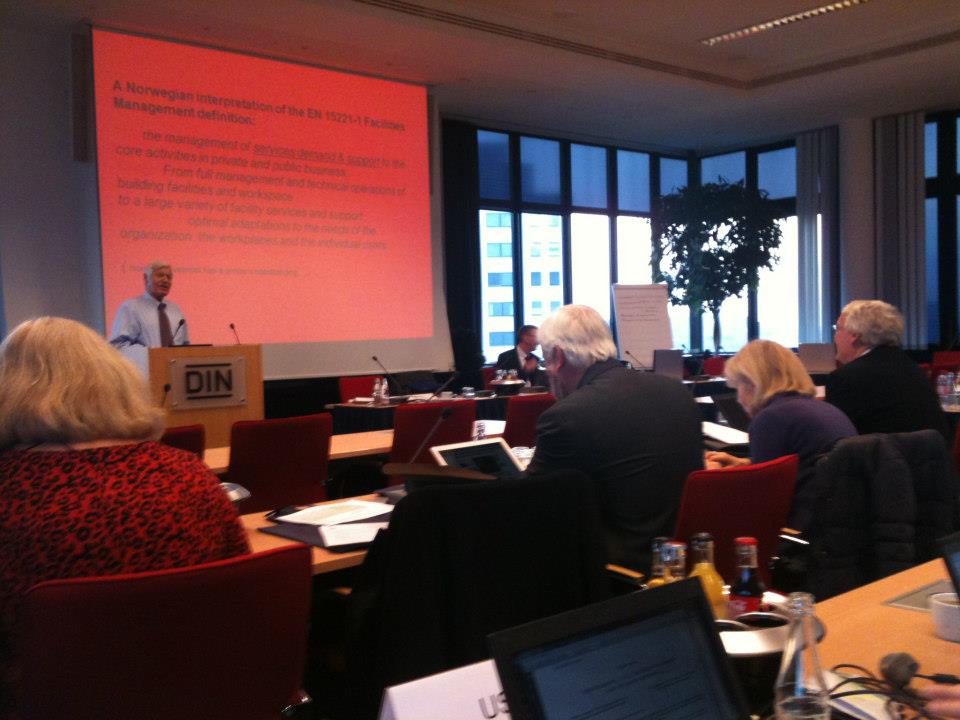
ISO/TC 267 Project Kickoff Meeting | Berlin 2012 | The University of Michigan was the first US university to participate in the launch of this standard and acted as a technical liaison for IFMA.
The business plan for this committee is linked below and provides a high level overview of committee goals and organization:
ISO/TC 267 / Facility Management / EXECUTIVE SUMMARY
The landing page for this committee is linked below:
The list of work ISO/TC 267 titles are listed in the link below. Four are published standards and two are currently under development:
ISO 267 Facility Management Standards Catalogue
Note that ISO 41018 — Facility management — Development of a facility management policy — was published in July 2022.
At the moment ANSI has identified the US TAG Administrator as the International Facility Management Association however direct management of the US delegation is also being supported by ANSI staff. You are encouraged to communicate directly with ANSI’s US Technical Advisory Group leader to TC 267. Contacts at ANSI are Jason Knopes <JKnopes@ansi.org> and Rachel Hawthorne <rhawthorne@ansi.org>.
We place ISO/TC 267 consensus products on each of our monthly Management, and International Standards. See our CALENDAR for next online meetings, open to everyone.
Issue: [11-33]
Category: Facility Asset Management, International
Colleagues: Mike Anthony, Christine Fischer, Jack Janveja, Richard Robben
LEARN MORE:
ISO Focus January 2015 Anthony-Robben – Education Enterprise pp 33-37
Sports Equipment & Surfaces
Sport is the bloom and glow of a perfect health.
—Ralph Waldo Emerson
Sport programs, facilities and equipment support one of the most visible and emotionally engaging enterprises in the education communities. These programs are central to the brand identity of the community and last, but not least, physical activity keeps our young people healthy in body and mind.
ASTM International is one of the first names among the 300-odd ANSI accredited standards setting organizations whose due processes discover and promulgate the standard of care for the design, construction, operations and maintenance of the facilities that support these enterprises. The parent committee is linked below:
ASTM Committee F08 on Sports Equipment, Playing Surfaces, and Facilities
While ASTM bibliography is largely product-oriented, there are many titles that set the standard of care for sport enterprises and the accessories to these enterprises. To identify a few:
ASTM F1774 Standard Specification for Climbing and Mountaineering Carabiners
ASTM F2060-00(2011) Standard Guide for Maintaining Cool Season Turfgrasses on Athletic Fields
ASTM F1703-13 Standard Guide for Skating and Ice Hockey Playing Facilities
ASTM F1953-10 Standard Guide for Construction and Maintenance of Grass Tennis Courts
ASTM F1081-09(2015) Standard Specification for Competition Wrestling Mats
ASTM F2950-14 Standard Safety and Performance Specification for Soccer Goals
When the General Requirements of an athletic facility construction project indicates: “Conform to all applicable standards” then, in the case of an sport facility, the ASTM title is likely the document that defines the standard of care from a product standpoint. Interoperability of the products in a sport setting are quite another matter.
At the international level, we track action in ISO/TC 83 Sports and other recreational facilities and equipment administered globally by the Deutsches Institut für Normung e.V. ASTM International is ANSI’s Technical Advisory Group for this committee.
The ASTM standards development process depends heavily on face-to-face meetings — typically two times per year – in different parts of the United States. The benefit of this arrangement lies in the quality of discussion among subject matter experts that results produced from face-to-face discussion. The price to pay for this quality, however, lies in the cost of attendance for the user-interest in the education industry. Relatively few subject matter experts directly employed by a school district, college or university who are charged with lowering #TotalCostofOwnership can attend the meetings. Many of the subject matter experts who are in attendance at the ASTM meetings from the education industry tend to be faculty who are retained by manufacturers, insurance, testing laboratories, conformity and compliance interests. (See our discussion of Incumbent Interests)
That much said, ASTM welcomes subject matter experts on its technical committees (Click here) We encourage participation by end users from the education industry — many of them in the middle of athletic facility management organization charts. The parent committee meets twice a year; after which we usually find public review redlines developed during those meetings to hit our radar. The link to the schedule of face-to-face meetings appears below:
Note that the August 2020 cancelled but the November 2020 meeting still appears on the schedule. It is likely that much of the committee work will be done online.
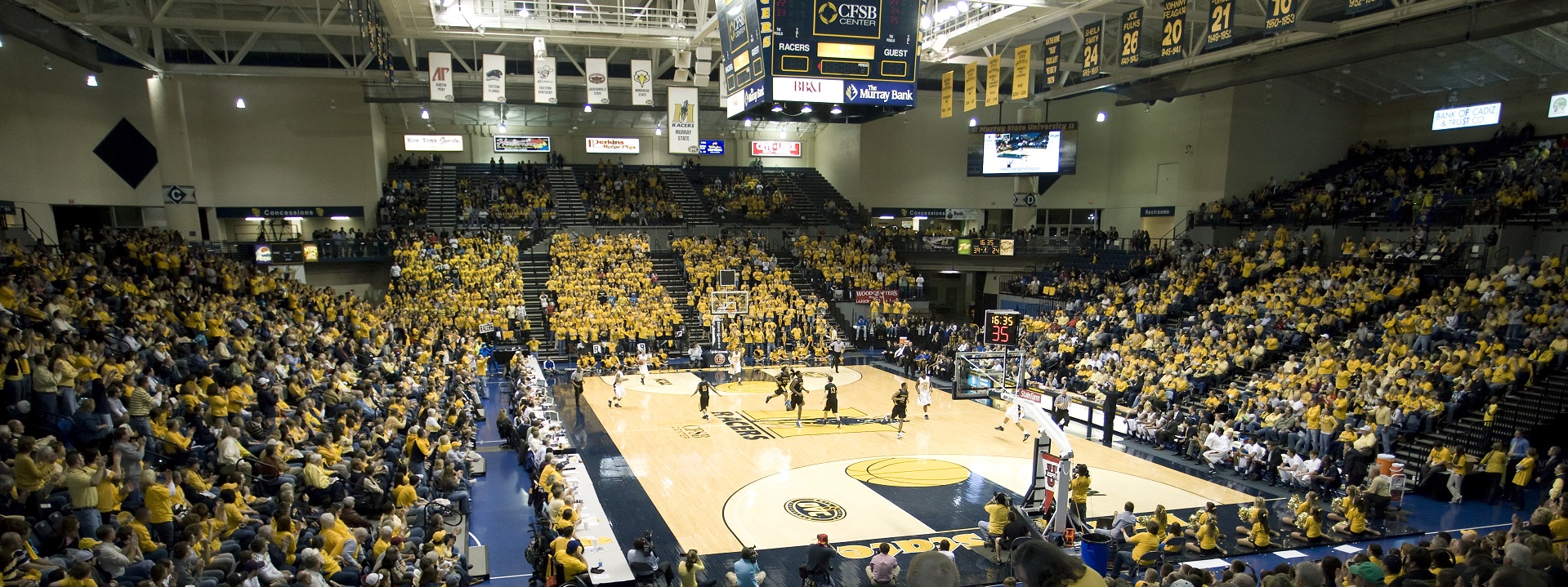

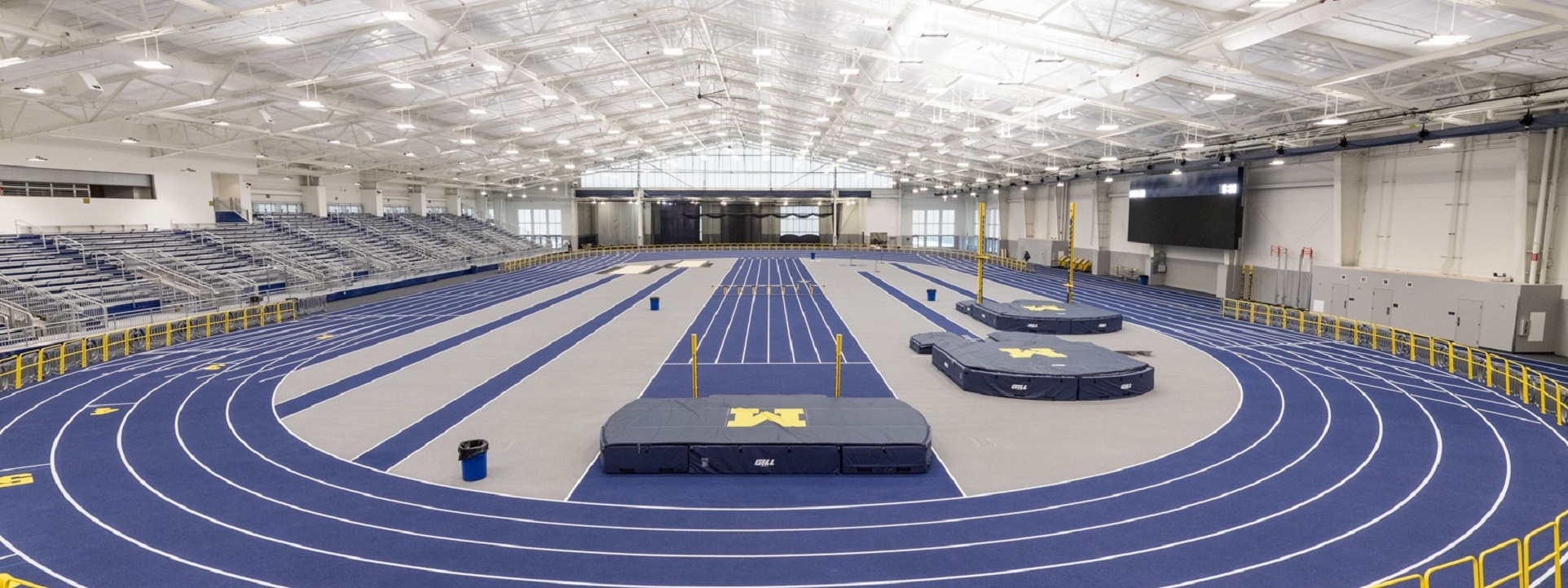
We are required to review draft ASTM consensus products with some care — owing to copyright restrictions — so we do it interactively online during teleconferences devoted to Sport. See our CALENDAR for the next online meeting; open to everyone.
Issue: [7-7] [10-32] [13-165] [20-156]
Category: Sport, Management, Risk Management
Contact: Mike Anthony, Jack Janveja, George Reiher, Richard Robben
Harvard upgrades stadium field | ASTM develops turf safety standards http://t.co/pObQduSg0Khttp://t.co/wRoCPDeVbZ pic.twitter.com/7gLp9tO3B1
— Standards Michigan (@StandardsMich) April 22, 2015
Fire Protection for Laboratories Using Chemicals
Because of the robustness of the environmental safety units in academia we place this title in the middle of our stack of priorities. Laboratory safety units are generally very well financed because of the significance of the revenue stream they produce. We place higher priority on standby power systems to the equipment and, in many cases, the subjects (frequently animals)
We were advocating #TotalCostofOwnership concepts in this document before our work was interrupted by the October 2016 reorganization (See ABOUT). Some of that work was lost so it may be wise to simply start fresh again, ahead of today’s monthly teleconference on laboratory safety codes and standards. The scope of NFPA 45 Standard on Fire Protection for Laboratories Using Chemicals is very large and articulated so we direct you to its home page.
Suffice to say that the conditions under which NFPA 45 may be applied is present in many schools, colleges and universities — both for instructional as well as academic research purposes. Some areas of interest:
- Laboratory Unit Hazard Classification
- Laboratory Unit Design and Construction
- Laboratory Ventilating Systems and Hood Requirements
- Educational and Instructional Laboratory Operations
We find considerable interaction with consensus documents produced by the ICC, ASHRAE and NSF International.
It is noteworthy that there are many user-interest technical committee members on this committee from the State University of New York, the University of Kentucky, West Virginia University, the University of Texas, University of California Berkeley and the University of Texas San Antonio; thereby making it one of only a few ANSI accredited standards with a strong user-interest voice from the education. Most of them are conformance/inspection interest — i.e. less interested in cost reduction — but they are present nonetheless. We pick our battles.
The 2023 revision is in an advanced stage of development and on the agenda of the June 2023 Technical Standards Agenda. It will likely be approved for release to the public later this year.
We always encourage direct participation. You may communicate directly with Sarah Caldwell or Laura Moreno at the National Fire Protection Association, One Batterymarch Park, Quincy, MA 02169-7471 United States. TEL: 1 800 344-3555 (U.S. & Canada); +1 617 770-3000 (International)
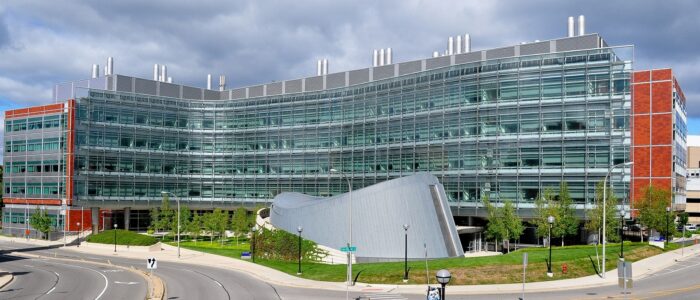
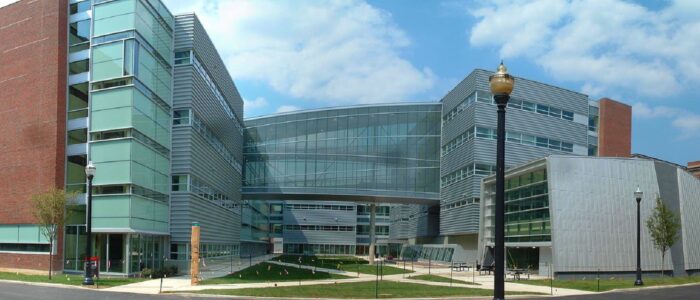
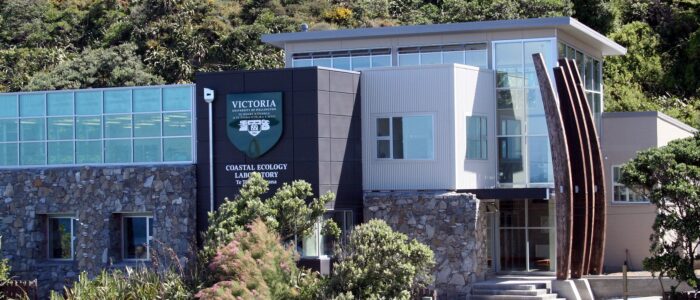


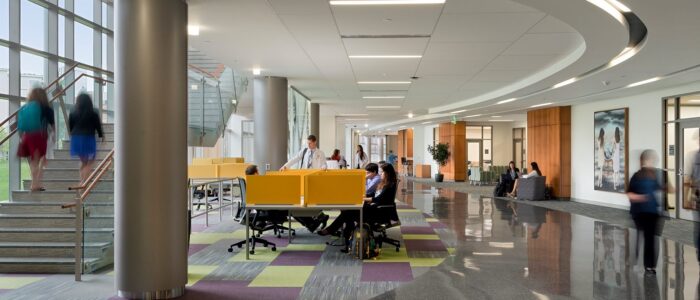
This standard is on the standing agenda of our periodic Laboratory standards teleconference. See our CALENDAR for the next online meeting; open to anyone.
Issue: [19-60]
Category: Prometheus, Laboratory, Risk
Colleagues: Richard Robben, Mark Schaufele
Classroom Furniture
The Business and Institutional Furniture Manufacturers Association standards catalog — largely product (rather than interoperability oriented) is linked below:
In stabilized standards, it is more cost effective to run the changes through ANSI rather than a collaborative workspace that requires administration and software licensing cost. Accordingly, redlines for changes, and calls for stakeholder participation are released in ANSI’s Standards Portal:
STANDARDS ACTION WEEKLY EDITION
Send your comments to Dave Panning. (See Dave’s presentation to the University of Michigan in the video linked below.
We find a great deal of interest in sustainable furniture climbing up the value chain and dwelling on material selection and manufacture. We encourage end-users in the education industry — specifiers, department facility managers, interior design consultants, housekeeping staff and even occupants — to participate in BIFMA standards setting. You may obtain an electronic copies for in-process standards from David Panning, (616) 285-3963, dpanning@bifma.org You are encouraged to send comments directly to BIFMA (with copy to psa@ansi.org). David explains its emergent standard for furniture designed for use in healthcare settings in the videorecording linked below:
Contacts: Mike Anthony, Christine Fischer, Jack Janveja, Dave Panning
Category: Architectural, Facility Asset Management
Related:
A Guide to United States Furniture Compliance Requirements
Electrical Safety in Academic Laboratories
We collaborate closely with the IEEE Education & Healthcare Facilities Committee which meets 4 times monthly in European and American time zones. Risk managers, electrical safety inspectors, facility managers and others are welcomed to click into those teleconferences also. We expect that concepts and recommendations this paper will find their way into future revisions of US and international electrical safety codes and standards. There is nothing stopping education facility managers from applying the findings immediately.
Electrical Safety of Academic Laboratories | 2019-PSEC-0204
Presented at the 55th IEEE Industrial Applications Society I&CPS Technical Conference | Calgary, Alberta Canada | May 6-9, 2019
Ω
Rodolfo Araneo, University of Rome “La Sapienza” | rodolfo.araneo@ieee.org
Payman Dehghanian, George Washington University | payman@gwu.edu
Massimo Mitolo, Irvine Valley College | mitolo@ieee.org
Abstract. Academic laboratories should be a safe environment in which one can teach, learn, and conduct research. Sharing a common principle, the prevention of potential accidents and imminent injuries is a fundamental goal of laboratory environments. In addition, academic laboratories are attributed the exceptional responsibility to instill in students the culture of the safety, the basis of risk assessment, and of the exemplification of the prudent practice around energized objects. Undergraduate laboratory assignments may normally be framed based upon the repetition of established experiments and procedures, whereas, academic research laboratories may involve new methodologies and/or apparatus, for which the hazards may not be completely known to the faculty and student researchers. Yet, the academic laboratory should be an environment free of electrical hazards for both routine experiments and research endeavors, and faculty should offer practical inputs and safety-driven insights to academic administration to achieve such a paramount objective. In this paper, the authors discuss the challenges to the electrical safety in modern academic laboratories, where users may be exposed to harmful touch voltages.
I. INTRODUCTION
A. Electricity and Human Vulnerabilities
B. Electrical Hazards in Academic Laboratories
II. ELECTRICAL SEPARATION
III. SAFETY IN ACADEMIC LABORATORIES WITH VARIABLE FREQUENCY DRIVES
IV. ELECTRICAL SAFETY IN ACADEMIC LIGHTING LABORATORIES
V. ACADEMIC RESEARCH LABORATORIES
A. Basic Rules of Engagement
B. Unidirectional Impulse Currents
VI. HAZARDS IN LABORATORIES DUE TO ELECTROMAGNETIC FIELD EXPOSURE
VII. WARNING SIGNS AND PSYCHOLOGICAL PERCEPTION OF DANGER
VIII. CONCLUSION
Safety is the most important practice in an academic laboratory as “safety and productivity are on the same team”. Electrical measurement and electrically-powered equipment of various brands and models are common in both teaching and research laboratories, highlighting the need to maintaining them continuously in an electrically-safe status. Annual reports on the occurrence of electrical hazards (i.e. shocks and injuries) in academic laboratory environments primarily discover the (i) lack of knowledge on using the electrical equipment, (ii) careless use of the energized electric facilities, and (iii) faulty electrical equipment or cords. The above does call for the establishment of safety-driven codes, instructions, and trainings for the academic personnel working with or near such devices for teaching, learning, experiments, and research. This paper provided background information on the concept of electrical safety in the academic laboratories, presented the safety challenges of modern academic laboratories, and offered solutions on how enhance the lab environment and research personnel safety awareness to avoid and control electrical hazards.
Issue: [19-129]
Category: Electrical, Facility Asset Management, Fire Safety, International
Colleagues: Mike Anthony, Rodolfo Araneo, Payman Dehghanian, Jim Harvey, Massimo Mitolo, Joe Tedesco
Related IEEE Research:
Strengthening and Upgrading of Laboratory Safety Management Based on Computer Risk Identification
Critical Study on the feasiblity of Smart Laboratory Coats
Clean Environment Tools Design For Smart Campus Laboratory Through a Global Pandemic
Design of Laboratory Fire Safety Monitoring System
Air Conditioning
Today at 15:00 UTC we will review the latest in best practice literature for air conditioning systems. Note that we have broken out this topic from the standing Mechanical colloquia. Our approach features interoperability and system considerations. Catalogs on the agenda:
ACCA
Air-Conditioning, Heating, and Refrigeration Institute
ASHRAE International
Standard 90.1-2022—Energy Standard for Sites and Buildings Except Low-Rise Residential Buildings
Standard 90.4 Energy Standard for Data Centers
Acceptable Performance Standard for District Cooling Systems
ASME
Heating, Ventilating and Air-Conditioning Systems
European Standards
EN 14511 Specifies the requirements for air conditioners, liquid chilling packages, and heat pumps with electrically driven compressors.
IEEE
International Code Council
International Building Code Interior Environment & HVAC Systems
International Mechanical Code Chapter 11 Refrigeration
NFPA
National Electrical Code Article 430: Motors, Motor Circuits and Motor Controllers
Standard for the Installation of Air-Conditioning and Ventilating Systems
Underwriters Laboratories (largely product standards, not embedded system nor interoperability titles)
Uptime Institute
Implementing Data Center Cooling Best Practices
Use the login credentials at the upper right of our home page
University of Rochester Central Utilities Plant Absorption Chiller![]()
Issues: [11-67, 15-124, 15-135, 15-165]
Category: Energy, Mechanical
Colleagues: Mike Anthony, Larry Spielvogel, Richard Robben
Water Management
Best is water
— Pindar 476 B.C.
The American Water Works Association (AWWA) has an extensive catalog that sets the standard of care for water quality and piping systems running through all communities.
Download: Full List of AWWA/ANSI Standards
We approach them from the point of view of education communities; some with agriculture, vast hospital systems heavily dependent upon a higher level of water quality and district energy plants. Like most every technology in the United States, water issues enliven political discourse. Essential features of water supply — such as backflow protection, separation, piping systems to playground water fountains, etc. — are subordinated to fury over to access and tariff issues. For the moment we steer away from them.
The landing page for the AWWA standardization enterprise is linked below:
The original University of Michigan standards advocacy enterprise engaged in some back-and-forth with the backflow and cross-connection technical committees. It found ambiguity in the language found in AWWA C510-C511-C512 covering reduced pressure zone (RPZ) values that caused some education facility units to over-specify RPZ valves for all facility classes. Many research universities have enterprises that create toxic water waste which must be blocked from entering the municipal water supply. Some of that back-and-forth is recounted in the workspace linked below.
We found that minimum requirements for backflow prevention technology was easier managed at state level plumbing safety administrative boards.
Several AWWA standards are now open for public review; AWWA G430 Security Practices for Operation and Management among them. We point you toward them; though, in the interest of resource conservation, we will follow but not advocate user-interest in this product at the moment. It appears to have stabilized compared with other standards in the water safety domain (though that could change).
Comments due August 9th.
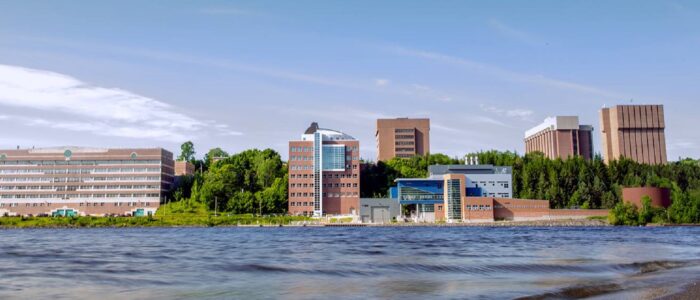
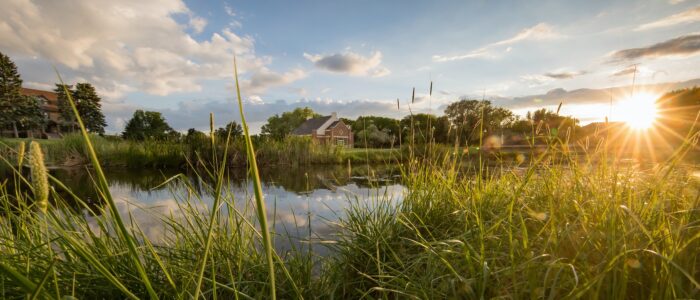
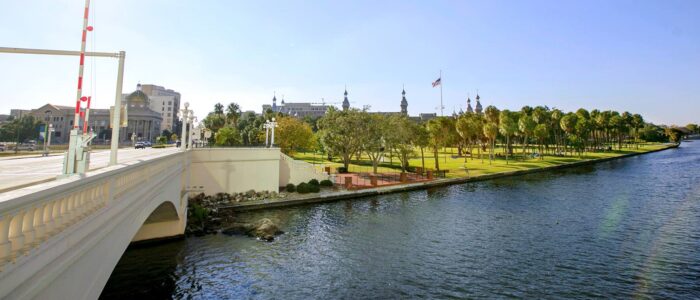

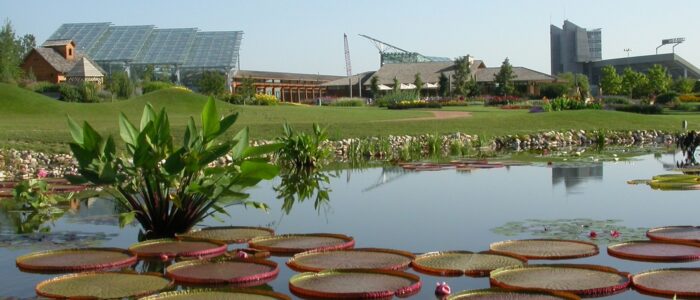



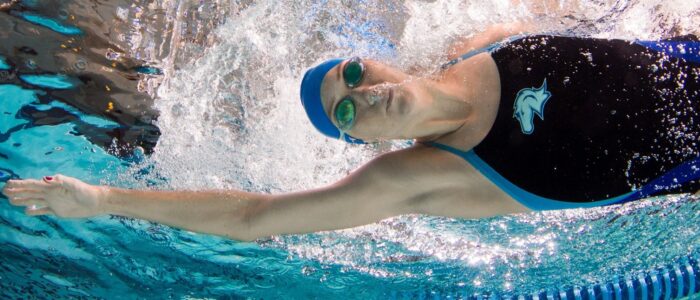
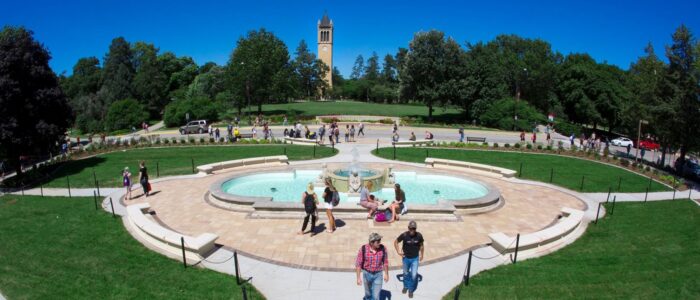
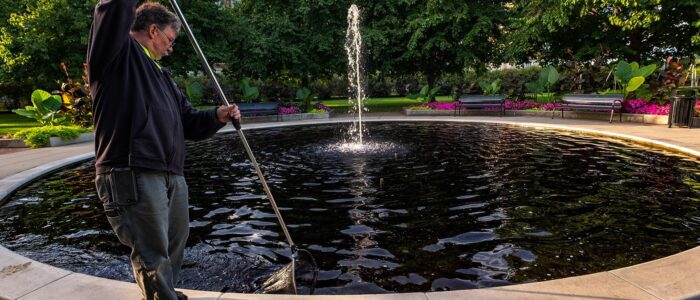
We find AWWA best practice literature heavily referenced in school district, college and university design guidelines and construction contracts. We do a status check of the AWWA suite every month during our Water teleconferences. See our CALENDAR for the next online meeting; open to everyone.
Issue: [11-57] [Various]
Category: Water, Plumbing, Mechanical
Colleagues: Mike Anthony, Ron George, Richard Robben, Steve Snyder, Larry Spielvogel
LEARN MORE:
Students & Young Professionals
#Backflow Incident:
A winery in a small town of Italy, backpressures 1,000 liters of wine into the water supply. The cause, a faulty valve.https://t.co/pFMIUSfwfp— USC Foundation (@USCFCCCHR) March 9, 2020
Kitchen Exhaust
God walks among the pots and pans.
— Saint Teresa of Ávila c.1582
One of the concentrated risk aggregations in any school district, college, university and technical school, athletic venues and university-affiliated healthcare systems, rests in the food preparation units. On a typical large research university there are hundreds of kitchens in dormitories, student unions, athletic venues, hospitals and — to a surprising degree — kitchen facilities are showing up in classroom buildings. Kitchens that used to be located on the periphery of campus and run by private industry are now moving into instructional spaces and operated by private food service vendors.
Food preparation facilities present safety challenges that are on the same scale as district energy plants, athletic concession units, media production facilities and hospital operating rooms. There are 20 accredited standards setting organizations administering leading practice discovery in this space. Some of them concerned with fire safety; others concerned with energy conservation in kitchens, still others concerned with sanitation. The International Kitchen Exhaust Cleaning Association is one of the first names in this space and maintains an accessible standards development home page; linked below:
The IKECA catalog of titles establish a standard of care for cleaning activity that fills gaps in related ASHRAE, ASME, ICC and NFPA titles. For example:
IKECA I10 Standard for the Methodology for Inspection of Commercial Kitchen Exhaust Systems
IKECA C10 Standard for the Methodology for Cleaning Commercial Kitchen Exhaust Systems
Hazards posed by un-maintained exhaust systems are covered in the NFPA Report: Structure Fires in Eating and Drinking Establishments
We encourage subject matter experts in food enterprises in the education industry to communicate directly with John Dixon at IKCEA (jdixon@fernley.com) or Elizabeth Franks, (215) 320-3876, information@ikeca.org, International Kitchen Exhaust Cleaning Association, 100 North 20th Street, Suite 400, Philadelphia, PA 19103.
We are happy to get specific about how the IKECA suite contributes to lower education community cost during our Food teleconferences. See our CALENDAR for the next online meeting; open to everyone.
Issue: [18-24]
Category: Facility Asset Management
Colleagues: Larry Spielvogel, Richard Robben
LEARN MORE:
Dormitories, Fraternities, Sororities and Barracks
Keele University “Look When You Cook”
Commercial Kitchen Ventilation
Traps, Interceptors and Separators
Architectural Framework for the Internet of Things
The role of the education industry in the Internet of Things (Iot) zietgeist can be understood in terms of its stakeholder position in each of the three interest categories identified in a document at the foundation of the US standards system; one that bears similarity to due process requirements for technological transformation in other nations*:
- Producer. As a provider of basic and applied research in the IoT transformation. Expert faculty is recruited to respond to the demand for networking knowledge.
- General Interest: As an educator that trains the workforce to manage connectivity and data exchange in the IoT transformation.
- User: As a consumer of the products and systems that depend upon connectivity and data exchange in the embedded technologies of the #SmartCampus. (The weakest of all stakeholders in the global standards system and where StandardsMichigan places its resources)
The IoT zietgeist is fundamentally an electrotechnology transformation and therefore it is wise to collaborate with the US National Committee to the International Electrotechnical Commission, with educational institutions in other nations who are members of the the International Electrotechnical Commission, the International Organization for Standardization, the International Teleommunications Union; and other ad hoc consortia in the IoT space.
These organizations provide a template for the development of IoT strategy for every member nation, for every industry; including the education industry. No government regulations in any nation or any industry will be crafted without the foundation they assemble
In prospect IoT still seems a gauzy, abstract conception for the #SmartCampus but in retrospect we already see it in power-over-ethernet lighting systems, for example (CLICK HERE). We see it in micro-transportation, campus security surveillance systems, massive open online curriculum and the like. We collaborate most closely with the IEEE Education & Healthcare Facilities Committee (IEEE E&H) to develop opportunities to lower #TotalCostofOwnership as this transformation gathers pace. As always, we hunt down cost-saving opportunities that appear on building construction bid tabs and per-square-foot operation and maintenance costs.
As the world’s largest professional association, the IEEE is a driver for this transformation and its Standards Association has begun administering a new standardization project to manage (i.e.) mitigate obvious IoT architecture divergence titled: P2413 Standard for an Architectural Framework for the Internet of Things. From the project prospectus:
This standard defines an architectural framework for the Internet of Things (IoT), including descriptions of various IoT domains, definitions of IoT domain abstractions, and identification of commonalities between different IoT domains. The architectural framework for IoT provides a reference model that defines relationships among various IoT verticals (e.g., transportation, healthcare, etc.) and common architecture elements. It also provides a blueprint for data abstraction and the quality “quadruple” trust that includes protection, security, privacy, and safety.” Furthermore, this standard provides a reference architecture that builds upon the reference model. The reference architecture covers the definition of basic architectural building blocks and their ability to be integrated into multi-tiered systems. The reference architecture also addresses how to document and, if strived for, mitigate architecture divergence. This standard leverages existing applicable standards and identifies planned or ongoing projects with a similar or overlapping scope.
IEEE P2413 Architectural Framework for the Internet of Things PAR
This project was launched in 2015 but has been revised by the IEEE Standards Association this month and has been posted for public comment. It will be referred to the IEEE E&H Committee hosted every other week in Europe and the Americas. Those teleconferences — one at 15:00 Central European Time and 3:00 PM Eastern time in the Americas, are open to anyone. CLICK HERE for login credentials. Of course, we are happy to discuss IoT in general terms any day at 11 AM Eastern time during our standing daily teleconferences. Use the login credentials at the upper right of our home page.
Issue: [16-118]
Category: Administration & Management, Electrical, Information and Communications Technology, Facility Asset Management, Information, International, Telecommunications, US Department of Energy
Colleagues: Mike Anthony, Jim Harvey, Kane Howard, Chad Jones
* ANSI Essential Requirements: Due process requirements for American National Standards
New update alert! The 2022 update to the Trademark Assignment Dataset is now available online. Find 1.29 million trademark assignments, involving 2.28 million unique trademark properties issued by the USPTO between March 1952 and January 2023: https://t.co/njrDAbSpwB pic.twitter.com/GkAXrHoQ9T
— USPTO (@uspto) July 13, 2023
Standards Michigan Group, LLC
2723 South State Street | Suite 150
Ann Arbor, MI 48104 USA
888-746-3670


